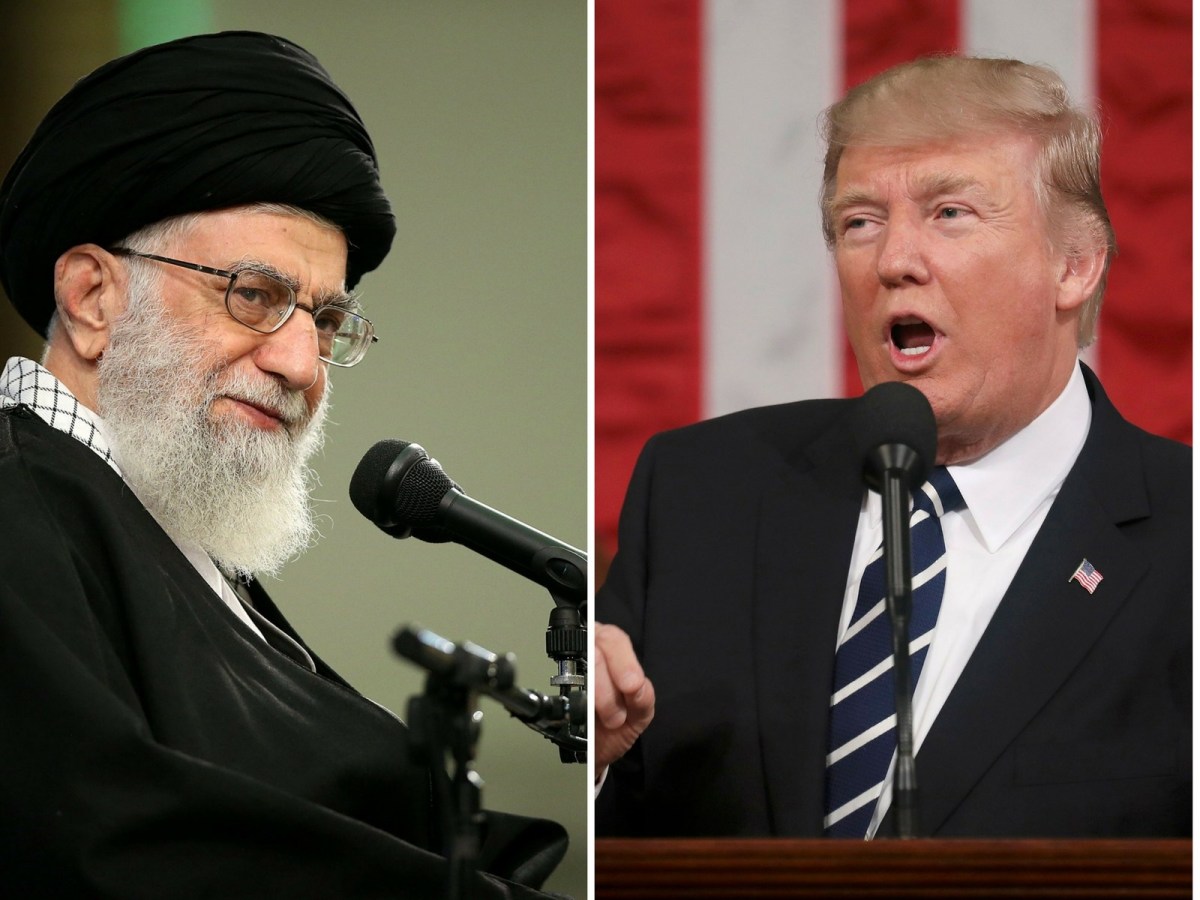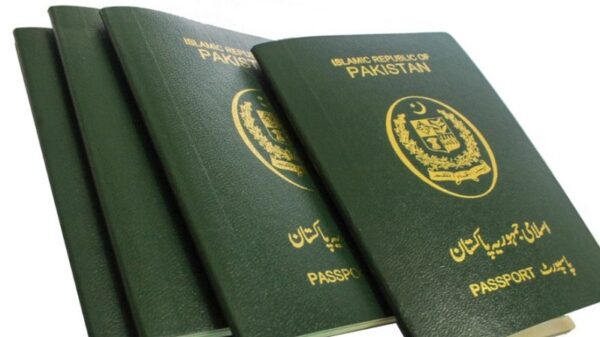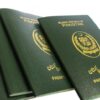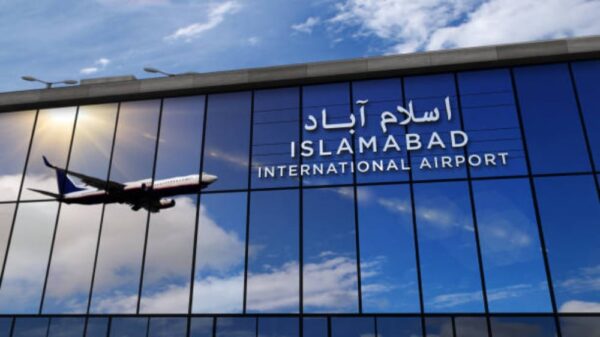2020 has been a testing year for US-Iran relations as President Donald Trump’s decision to strike down Qasem Soleimani – an Iranian military titan – empowered Shia proxies in the Middle East, left public discourse polarized on the JCPOA, rattled the global petroleum equilibrium, and sent market shares tumbling. SAMECA (South Asia, Middle East and Central Asia) has seen its fair share of diplomatic constraints too: finding it increasingly tricky to balance economic, military and strategic ties with Tehran at the cost of an uncompromising U.S. hardline in 2021.
It is against this backdrop that China’s approach to bilateral linkages with Tehran is of particular value to SAMECA. Beijing has pursued the US-Iran escalation subject with great care – unwilling to appear soft on militancy, mistake more warfare for peace, or put its long-standing economic and cultural linkages with Tehran – and the broader Middle East – on the line. Thus, the luxury of exploring autonomous windows for neighborly diplomacy – regardless of great power politics – should constitute the core aim for SAMECA in the coming years.
Since 2017, China remains Iran’s top export destination – with bilateral trade surpassing $21.2 billion last year. Tehran is also the centrepiece of Beijing’s New Silk Road Initiative, aimed at extending the Belt and Road Initiative’s reach to Western and Central Asian countries. Foreign Minister Javad Zarif deemed it “the future” of Iran’s regional and global interactions, and Beijing redoubled its support for the Comprehensive Strategic Partnership, cementing symbolism. Note that the challenge of US withdrawal from the JCPOA and reimposition of sanctions against Tehran have not altered China’s Silk Road commitments towards Tehran.
As pointed out by Dr. Mordechai Chaziza – an external contributor at the Middle East Institute – “uniquely situated at the intersection of the Silk Road Economic Belt (SREB) and the Maritime Silk Road (MSRI), Iran is one of the major countries along with the China-Central Asia-West Asia (CCAWA) Economic Corridor; a potential strategic hub linking the Middle East, Central, and South Asia and situated at the intersection of the SREB and the MSR.”
Therefore, Beijing’s emphasis on Tehran’s central geographic placement, its well-documented energy potential in 2021, and an emerging vacuum for peacebuilding in the post-Soleimani U.S. defense playbook – has collectively furthered China’s state-to-state linkages with Iran.
SAMECA deserves similar autonomy. It can attempt to achieve this goal by broadly projecting key political and economic interven- tions that remain confined to countries’ territorial boundaries. For instance, Kazakhstan’s decision to renew flights to select East Asian countries is an ideal pitch to a SAMECA-led, post-COVID revival initiative. Nations across South Asia and the Middle East have spent months grappling with COVID-19 – and would be willing to chalk out tourism, flight, and transit options for the year-end. Especially, if it means lending some degree of growth impetus to cash-strapped economies.
More importantly, the joint inclusion of Iran, China and Russia – with or without the Biden administration’s goodwill – should not deter SAMECA’s prospective lead on regional integration. It should cement it.
Saudi Arabia too has shown signs of extracting investment gains on its extensively marketed Vision 2030 reforms. This pursuit naturally qualifies as an inlet for numerous other strategic proposals that
SAMECA countries may feel demand collective deliberation. The absence of any bilateral outreach from India, a volatile security situation in Afghanistan, and unprecedented US-China diplomatic escalations must lead SAMECA’s inward probe as an alliance. A pursuit which, even on purely economic grounds, can eye what international financial organizations seldom have: allow invest- ments to be customized to the debt-servicing potential of each country.
Shifting the focus back to China’s post-Soleimani performance, there are specific challenges that Beijing has been able to navigate through autonomous statecraft. First, Washington’s militarization of the Strait of Hormuz – an indispensable oil-supply passage in the Persian Gulf – was a key factor in aggravating select Tehran-aligned militias in the region. China’s quick, high-level diplomatic rapprochement with Tehran allowed it to circumvent potential complications which could threaten the stability of the envisioned 2,300 kilometer New Silk Road.
As early as 2018, select experts at the TRT World Forum predicat- ed China’s Belt and Road success on Beijing’s willingness to be “drawn into military and political struggles” in the Middle East and North Africa (MENA).
Speakers stressed that China’s plans for a long-term presence in the iddle East will most likely push China to be more active on the political stage and adopt an independent policy orientation. Without being active in the central issues in the Middle East, there is very little chance of China influencing regional dynamics. The Chinese connectivity initiative and American protectionism will force developing countries, including those in the Middle East, to make difficult choices. However, the question remains how Beijing will play a role given Xi Jinping administration’s unwillingness to be drawn into military and political struggles in the MENA.
As demonstrated by Beijing’s purely bilateral outreach to Tehran (and its region-wide resonance with peace), China effectively turned that logic on its head. Involvement in the Middle East’s military and political exigencies is not necessarily a precondition for tangible cooperation. It is in this regard that Chinese Foreign Minister Wang Yi’s high-level exchange with his Iranian counterpart, was of particular
significance in January. The former’s emphasis on ending U.S. military adventurism in the Middle East, respecting Iran’s territori- al sovereignty (in the wider context of Gulf relations), and commit- ments to pursuing a constructive role for regional peace and stabili- ty – collectively sounded a peaceful tone for regional cooperation during a critical juncture.
The January 4 statement from China’s Ministry of Foreign Affairs, detailing Yi’s telephonic conversation with Iranian Foreign Minis- ter Javad Zarif, reads:
“Wang Yi said that the military adventurist act by the US goes against basic norms governing international relations and will aggravate tensions and turbulence in the region. China opposes the use of force in international relations. Military means will lead nowhere. Maximum pressure won’t work either. China urges the US to seek resolutions through dialogue instead of abusing force. China will continue to uphold an objective and just position and play a constructive role in safeguarding peace and security in the Gulf region of the Middle East.”
This prompt rapprochement accomplished two strategic objectives for Beijing. First, it decreased the possibility of Tehran turning a blind eye to the safety and security of Belt and Road investments, in the event that any future escalations with Washington came to the fore. This accomplishment is best seen as an extension of China’s “strategic hedging” concept – a notion elaborated by emerging European experts Jeremy Garlick and Radka Havlova. They argue that China’s Middle East engagement involves spread- ing “its bets as far as possible between the two major regional power-houses, Saudi Arabia and Iran, without antagonizing either of them or becoming caught up in their regional rivalry.”
Relevant to SAMECA’s own strategic foresight is this: “Beijing recognizes that it would not be sensible to undermine the region’s security provider – the United States – since this could result in increased Chinese entanglement in regional geopolitics and could also unnecessarily antagonize the US.”
The second strategic objective accomplished by China’s prompt rapprochement is a long-term diplomatic gain. Beijing’s peace and security assurances to Tehran helped transform an inherently “bilateral” US-Iran divide into a “broader regional security prerog- ative.” One that most Gulf powers didn’t contest.
To buttress this reality, look no further than the changing diplomatic messaging of key Iranian adversaries. In a January 9th report published by The Guardian, diplomatic editor Patrick Wintour reported that “Saudi Arabia has sent a message to Washington and London that it wants to see a de-escalation of the United States’ struggle with Iran, in a sign that Saudi is nervous about its vulnerability to Iranian missile strikes – and still uncertain about the reliability of Donald Trump’s long-term commitment to his Gulf allies.”
Though Wintour’s “missile strikes vulnerability” hypothesis is a largely speculative reading, Riyadh’s recourse to de-escalation and Middle Eastern security is certainly inspired by a sudden change in atmospherics – an awareness drive partly spearheaded by Beijing.
Hence, it is this brand of effective diplomacy that is desirable for SAMECA as well.
Another challenge China successfully tackled after the Soleimani fallout was the currency and petroleum paradox. The U.S. dollar shortly entered into recovery mode as global markets became fearful of more US-Iran provocations. The dollar’s resurgence became an opportunity for Beijing to suggest oil payments from Iran in Yuan, and bypass the US-controlled international payment system that brought the Iranian economy to its knees. It is import- ant to note that in its efforts to placate Tehran, China never once compromised its affinity to Riyadh. A case in point is Beijing’s petroleum diplomacy.
In January, China’s total petroleum imports from Saudi Arabia began to peak. A recent Reuters analysis helps put those numbers into perspective: China’s crude oil imports in the first two months of 2020 from top supplier Saudi Arabia rose 26% from a year earlier, while purchases from No. 2 suppliers Russia gained 11%. China’s total crude oil imports during January and February rose 5.2% from the previous year to 10.47 million barrels per day (bpd).
Rather tellingly, the same report adds: “Orders for imports in January and February were made ‘months before’ the coronavirus that first erupted in China’s Hubei province started to drag on Chinese oil demand and spread around the world. China is the world’s biggest oil importer.”
In theory, China’s record petroleum imports from the kingdom should have contradicted its commitment to lifting the Iranian economy – Riyadh’s top rival. Instead, by pursuing a strictly economic relationship with Riyadh, China made sure its vast petroleum imports were not reflective of an endorsement of the US-led maximum pressure campaign against Tehran, which the kingdom amply backed.
Thus, a thick distinction between China’s revenue-based, transac- tional ties with Riyadh and a security-driven, geostrategic relation- ship with Tehran saved Beijing from picking one relationship over the other.
More importantly, since both Riyadh and Tehran represent two important yet contrasting geostrategic profiles within SAMECA’s own regional framework, China’s early navigation of the Saudi-Iranian friction is a vital lesson for applied diplomacy for other regional powers in 2021.










